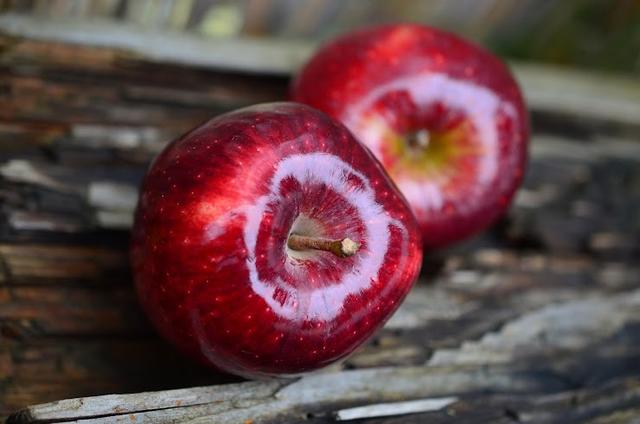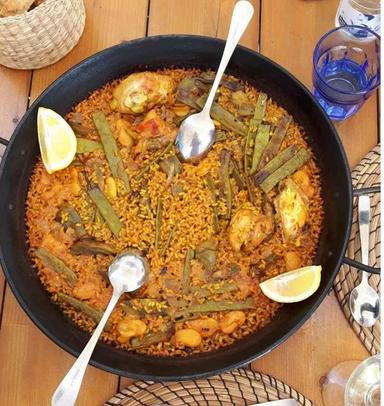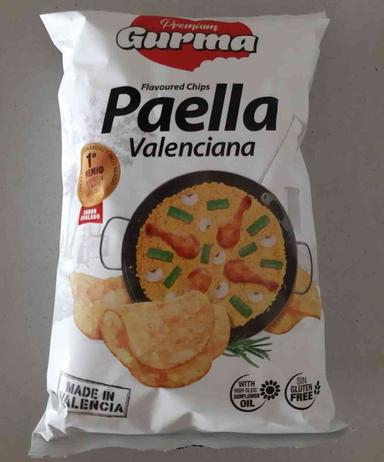Myths about teaching can hold you back
- Year 5
Giving someone else's opinion about singular and plural foods and joining opinions using conjunctions
In this lesson, we will recap the food nouns and their definite articles. We will also recap giving opinions about those foods and learn to give someone else's opinion about singular and plural foods. We will then join those opinions using the conjunctions and adverb learned so far.
- Year 5
Giving someone else's opinion about singular and plural foods and joining opinions using conjunctions
In this lesson, we will recap the food nouns and their definite articles. We will also recap giving opinions about those foods and learn to give someone else's opinion about singular and plural foods. We will then join those opinions using the conjunctions and adverb learned so far.
These resources were made for remote use during the pandemic, not classroom teaching.
Switch to our new teaching resources now - designed by teachers and leading subject experts, and tested in classrooms.
Lesson details
Key learning points
- giving someone else's opinions about singular and plural foods
- joining opinions using conjunctions
- definite articles (el, la, los, las)
- conjunctions (y, también, pero, sin embargo)
Licence
Loading...
Some of our videos, including non-English language videos, do not have captions.
5 Questions
Q1.Look at the picture below, what are these called in Spanish?

Q2.Which sentence best matches my opinion of crisps?

Q3.Which is the correct definite article for "churros"?
Q4."Me gusta la paella y la fideuá, también" means:
Q5.How would you say "I don't like sweets" in Spanish?
5 Questions
Q1.Look at the picture below. What is this famous Spanish dish called?

Q2.Look at the picture below. In Spain, some crisp flavours are different from those in the UK. True or false?

Q3."No le gustan" means:
Q4.Look at the picture below. How would you tell someone else my opinion of bananas?


